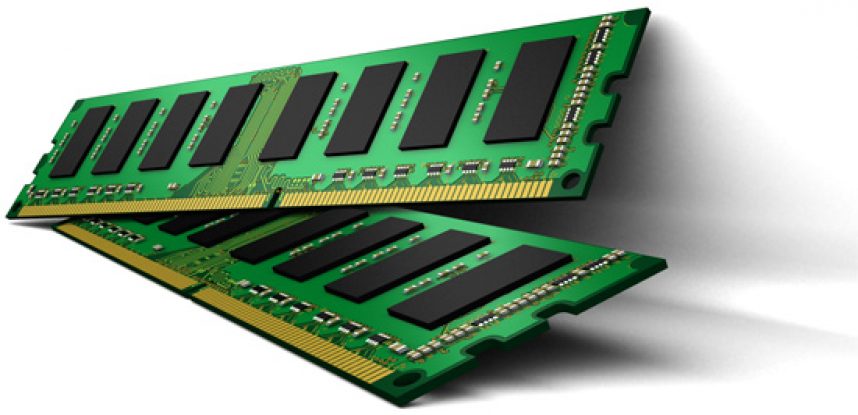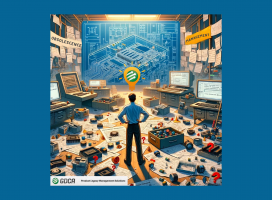Does the prospect of overstocking kill your critical embedded systems?
The past few decades has seen exponential advancement in circuit board technologies and related industries. This unprecedented technological growth has devastated many older critical embedded applications and their manufacturers, with OEMs pushing for new technologies. In contrast, older technologies become harder to support. Pre-stocking has historically been used as the solution to the obsolescence problem, but overstocking can end up causing more problems than it solves.
A case study
2011 wasn’t an easy year for DRAM manufacturers. The move from notebooks towards tablets and technology using NAND flash did nothing to bolster a struggling semiconductor industry. In this scenario, it becomes common for manufacturers to shift their focus from older technology to newer ones. This process often leads to End-of-Life (EOL) decisions and component manufacturers sending out Last-Time-Buy (LTB) notices.
As the embedded industry shifts from older technology like DRAM to newer and more popular applications like NAND, many OEM customers need help with their choices. They can overstock so-called “obsolete” components costing them storage space and money, or phase out older and less popular systems in exchange for new technologies that are expensive and may not easily replace existing critical boards. In addition to the immediate challenge of feasibly supporting products with obsolete components, embedded OEMs must focus on latest-and-greatest solutions, developing new solutions to satisfy their customers’ evolving demands and to keep up with a constantly-evolving market.
Discussion
In the past, embedded computing manufacturers assumed that the customers or distributors would most likely choose an LTB (Last-Time Buy) solution to support their embedded applications’ life-cycle. This LTB is meant to provide a bridge while customers transition to the new technology. So where does this leave older products that don’t have a lot of sales but are still needed by valued customers?
LTBs work well for customers with quick design cycles and available LTB funding. However, the rest often face overstocking risks, for example:
- The application OEM buys too many products, and on top of their unplanned LTB inventory investment, they’re now paying storage fees for products they infrequently use or may never use again.
- The application OEM has forecasting confidence (and funding) for their LTB but is gambling on the parts being stored adequately so environmental factors don’t damage the electronics’ performance or life. If all goes well, they’re set for their product’s life cycle. If not, they may find themselves scrambling for a last-minute solution.
- The application OEM doesn’t buy enough to cover their product life-cycle demands, and because the original product is already too far gone, they’re now faced with the possibility of last-minute re-engineering, reverse engineering, or risk of counterfeit parts and components if they source old components from non-franchised brokers.
All of these customers need an alternative obsolescence management solution to keep their customers happy or risk losing future sales to customer dissatisfaction.
Conclusion
Problems like this are one reason we now have an entire obsolescence management industry. Pre-stocking is not a solution to obsolescence but just one tool available to companies who know they’ll eventually need these EOL’d boards. LTBs can also help bridge the gap but are not a perfect solution, as they leave companies with few options.
GDCA was founded to help provide a wider spread of options for companies faced with LTBs and EOL notices. We have decades of industry experience, and are an OEM-approved second source of supply for embedded boards. You can explore our full range of solutions here.




